Analysis of Specific Elements in Earthquake Resistant Construction
VerifiedAdded on 2021/04/21
|19
|1325
|208
Report
AI Summary
This report provides a comprehensive analysis of the optimization of specific elements within earthquake-resistant construction. It details the use of horizontal bands at various levels, including plinth, lintel, gable, and roof bands, emphasizing their role in reinforcing masonry buildings and enhancing structural integrity. The report delves into design details for horizontal bands, including the importance of roof diaphragms and the interaction between architectural and structural designs to avoid seismic resistance reduction. It explores the principles of Earthquake Resistance Architecture and Seismoresistant Architecture, covering topics such as vertical reinforcements, protection of wood and bamboo poles, and the application of coatings for steel bars. Furthermore, the report addresses the objectives of Seismoresistant Architecture, its study lines, and the compatibilization standards of architectural and structural designs. It also examines common issues in building design, such as flexible floors, pseudo-resonance, seismic torsion, building collisions, short columns, and concentrated weight, providing morphological solutions for each. The report references various sources to support its findings, offering valuable insights into the design and construction of earthquake-resistant buildings.
1 out of 19
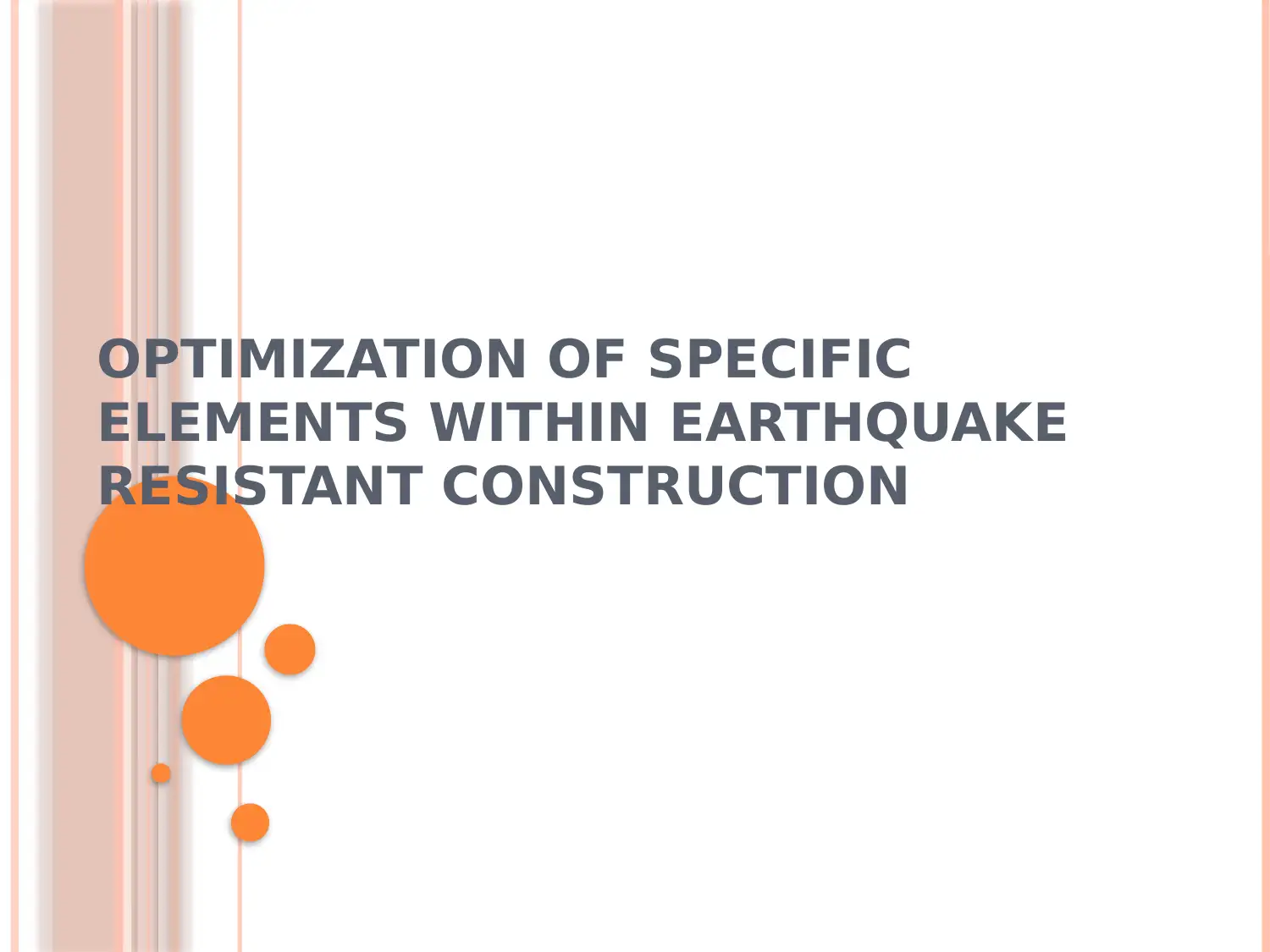
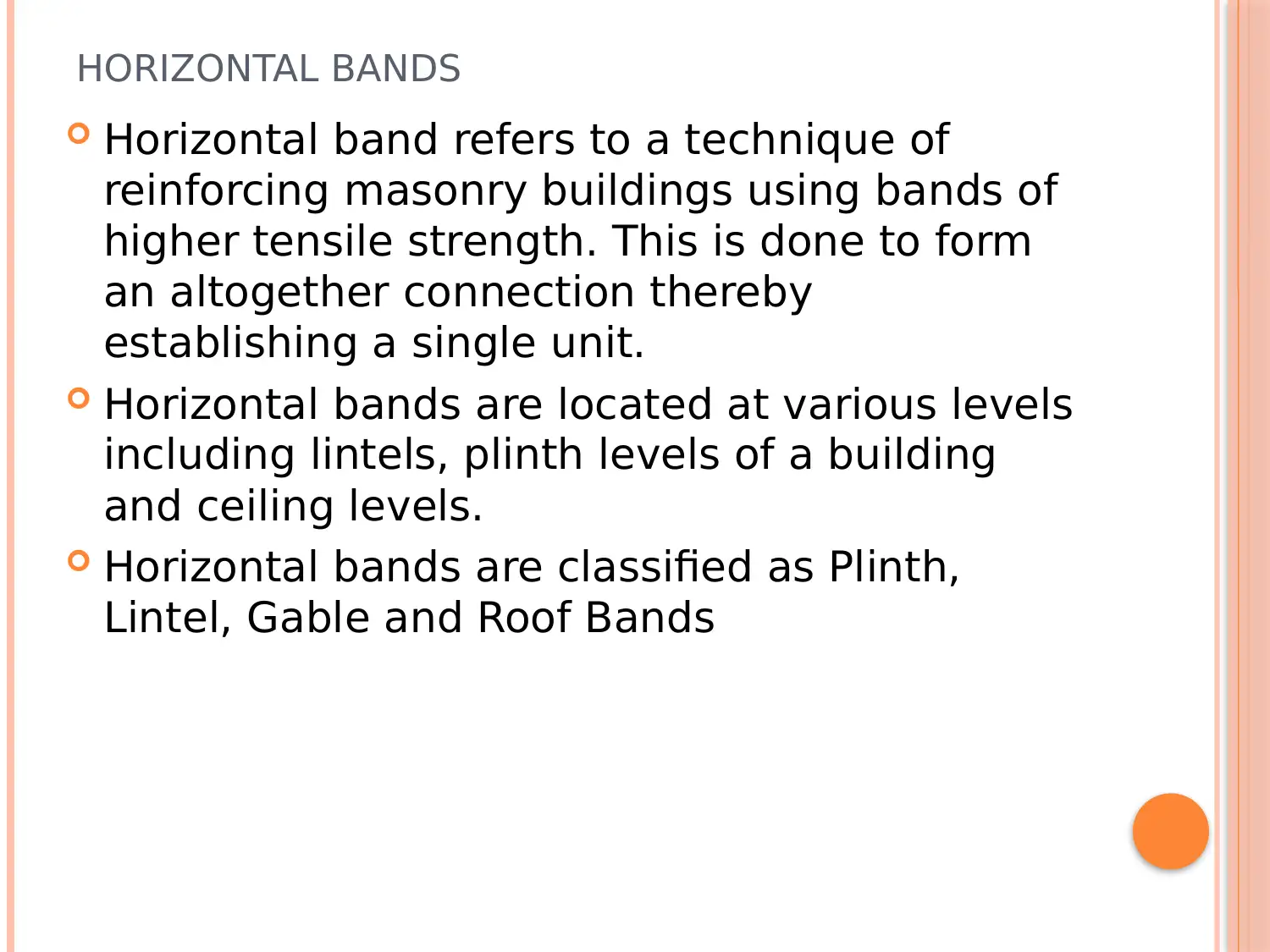
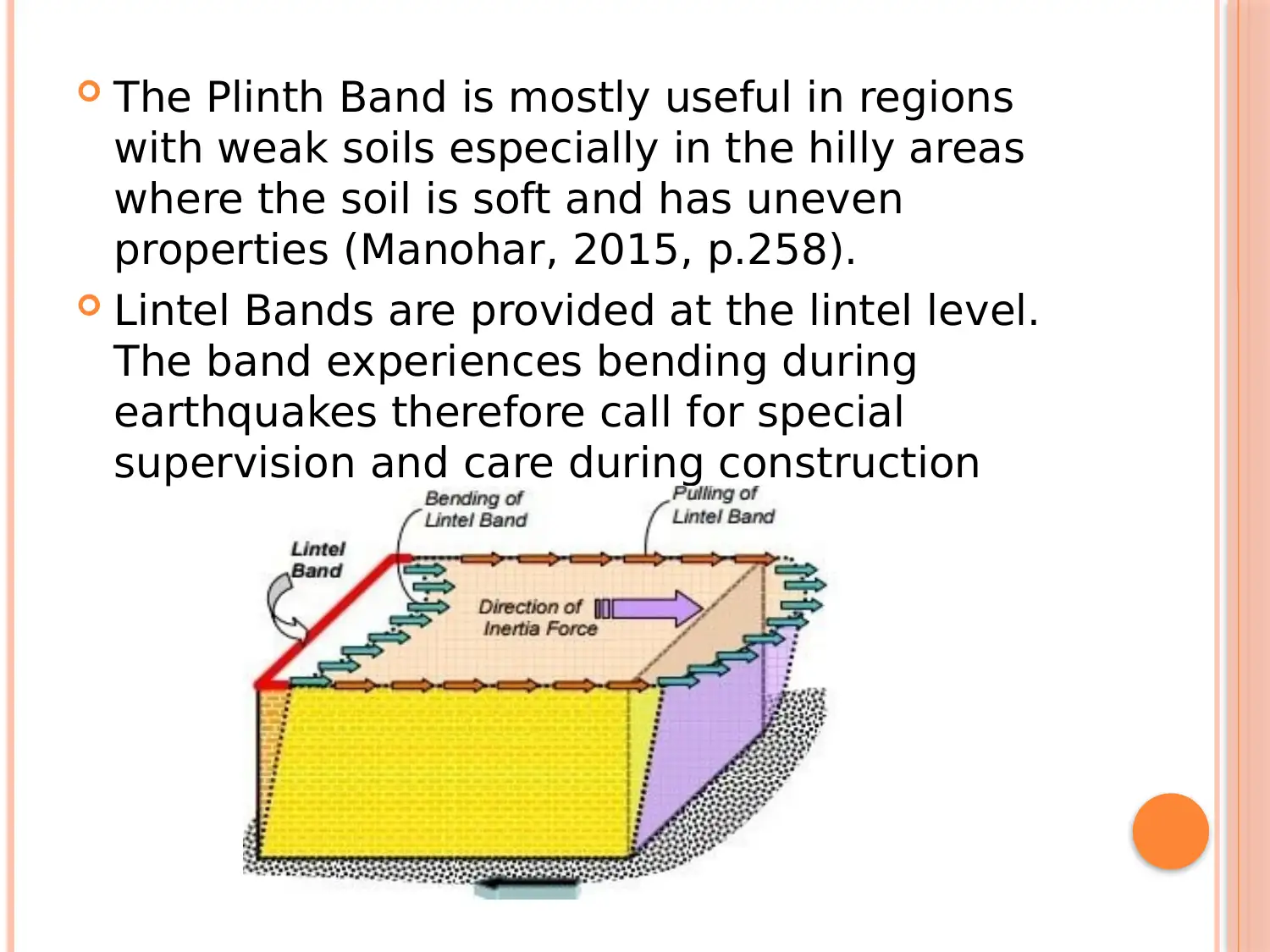

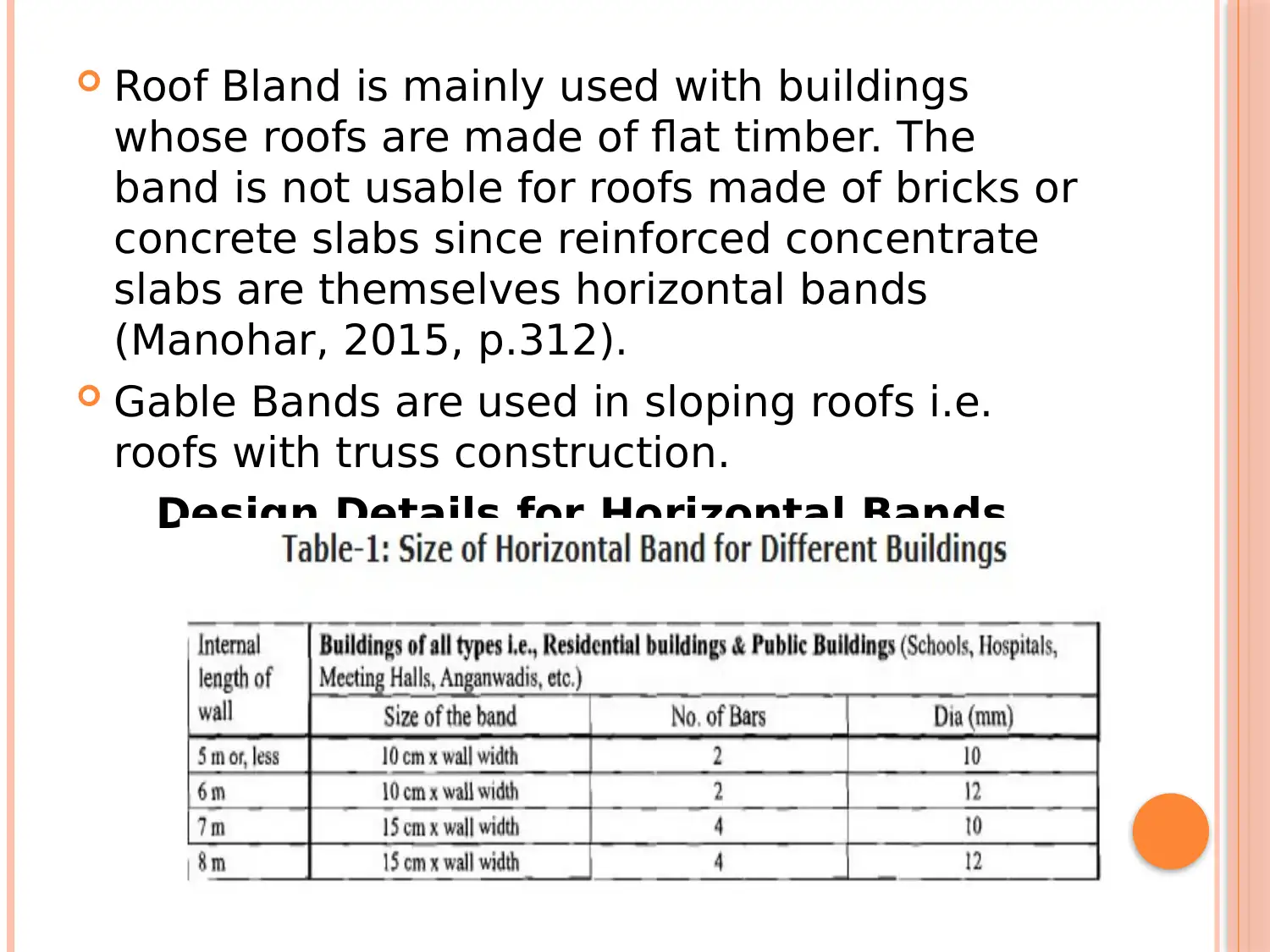
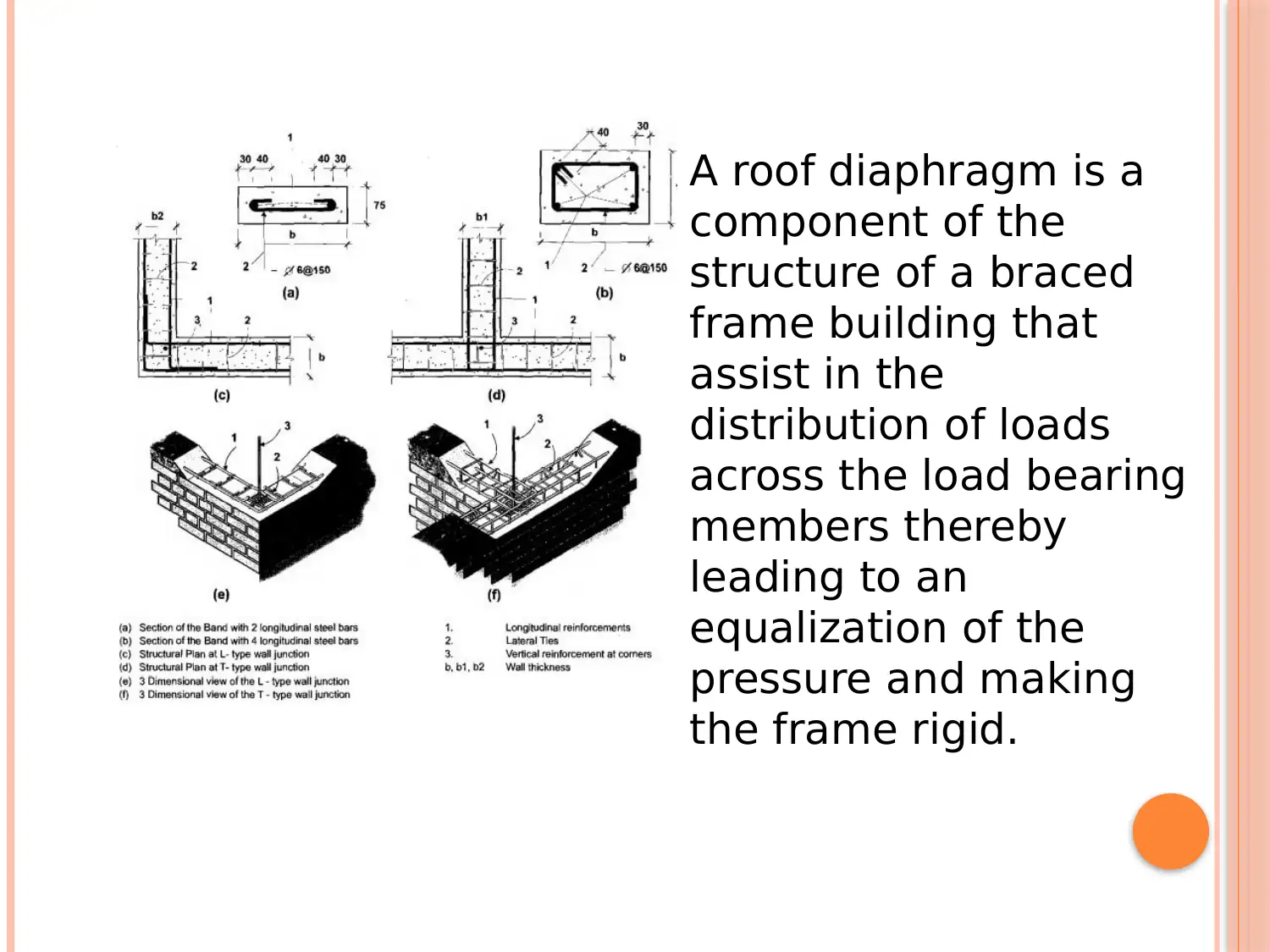
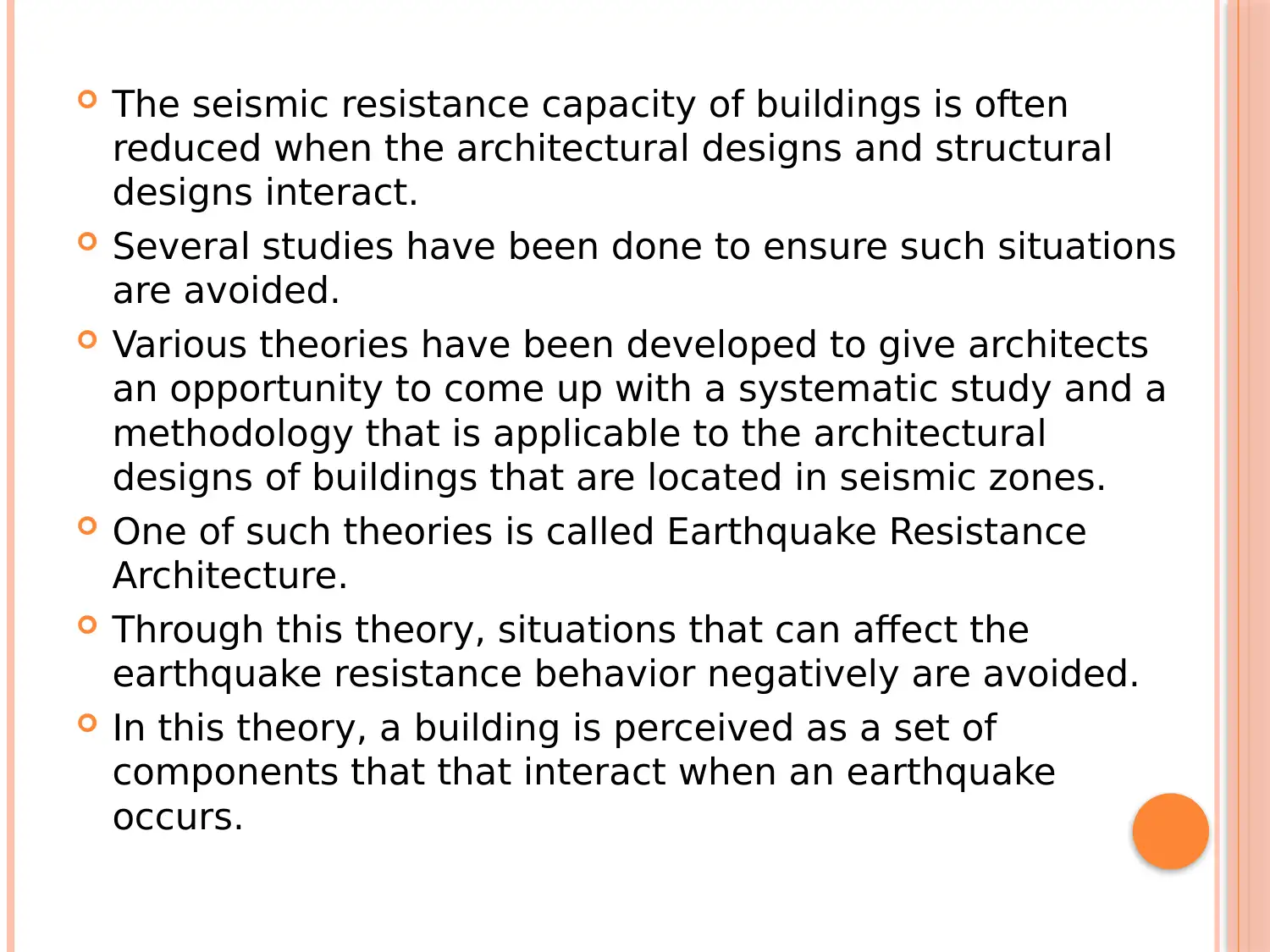
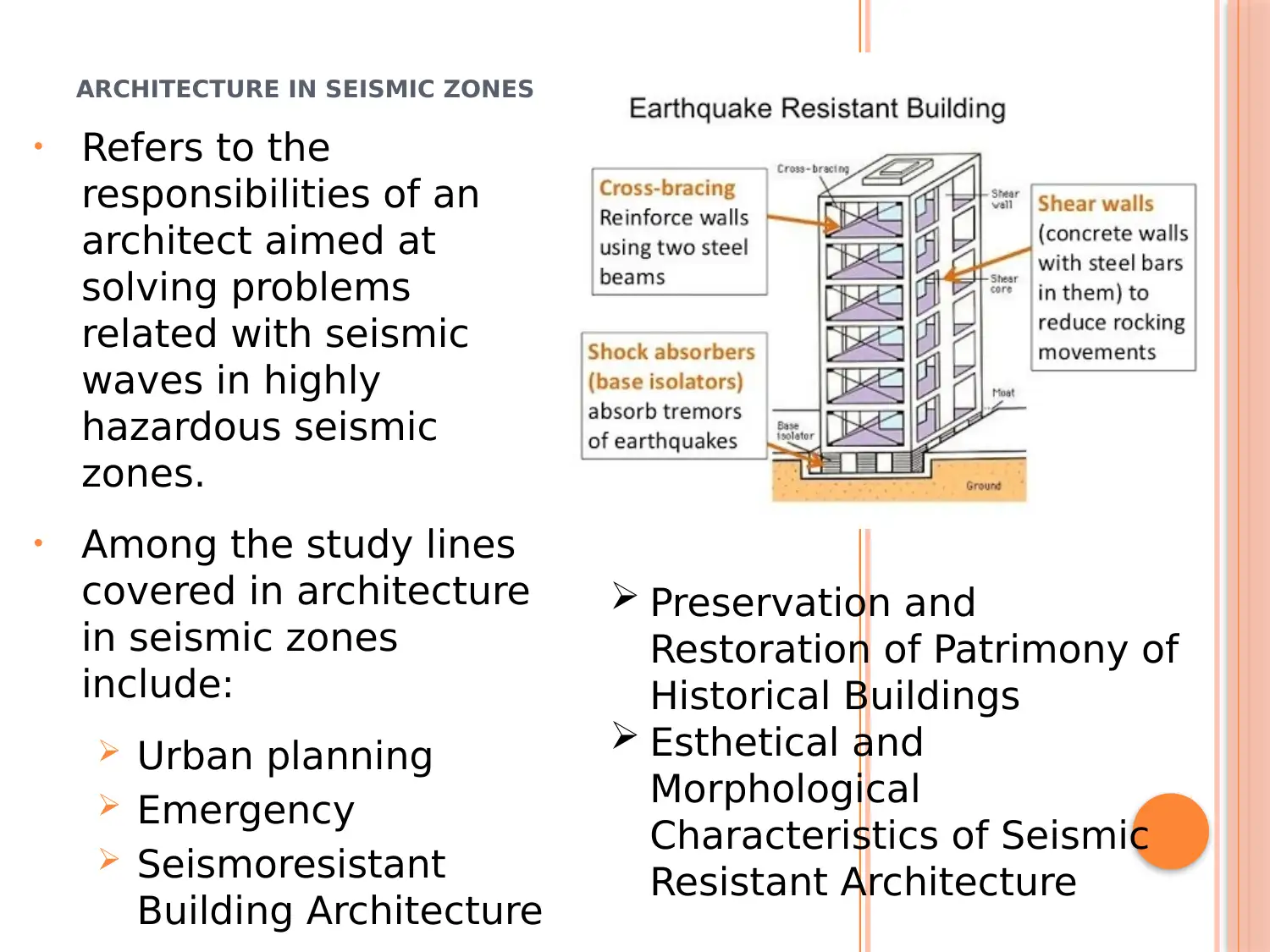
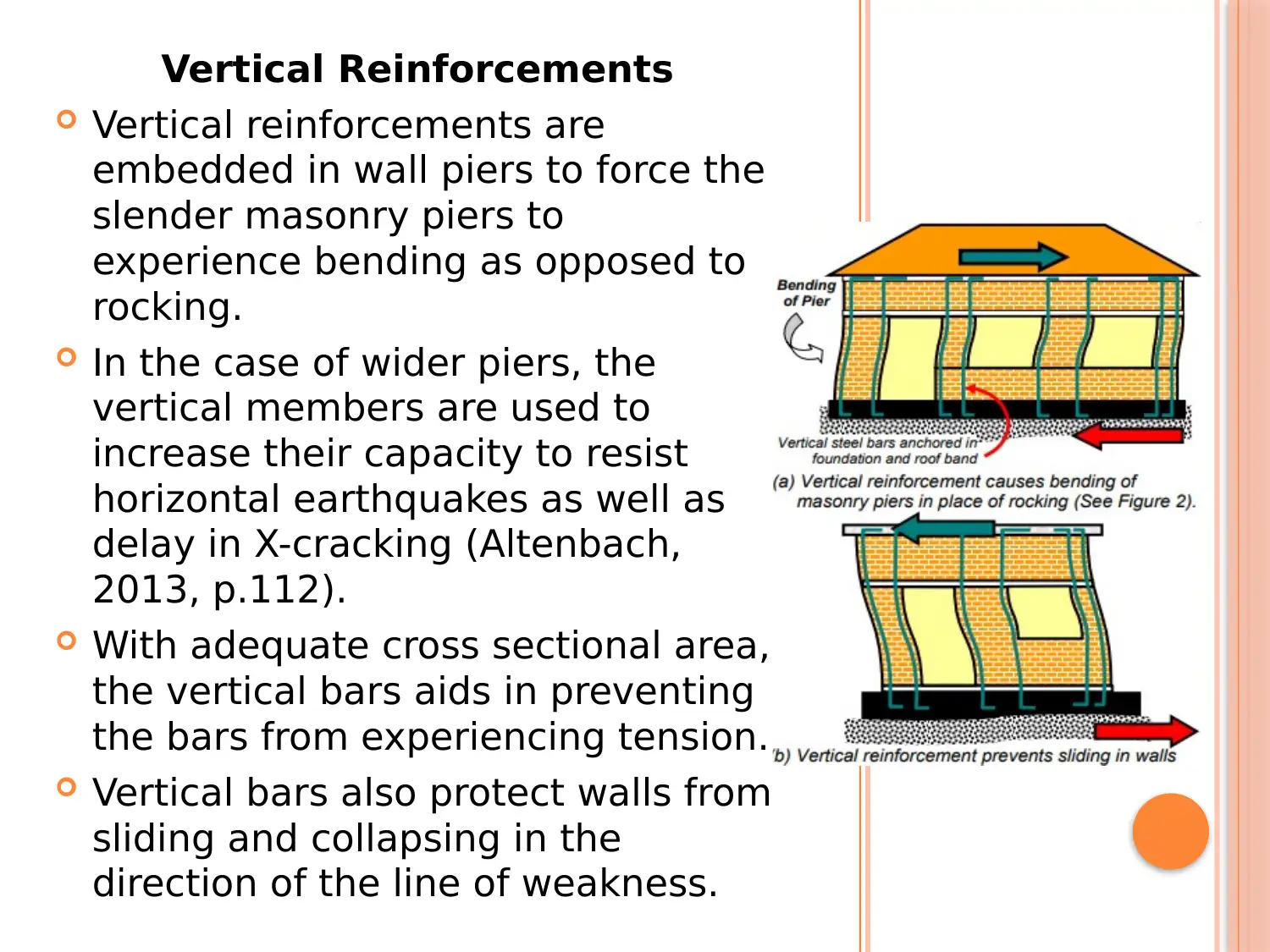
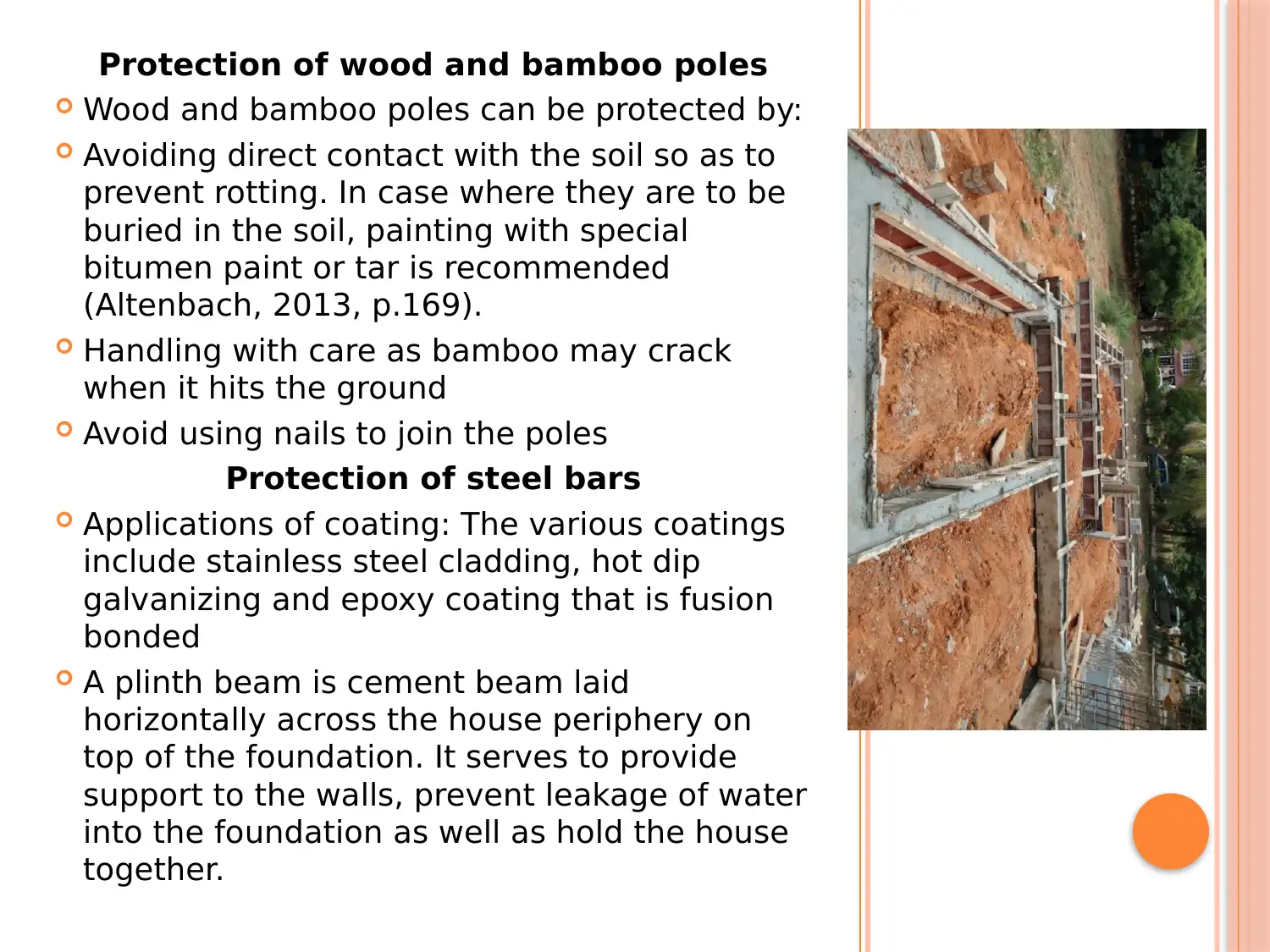
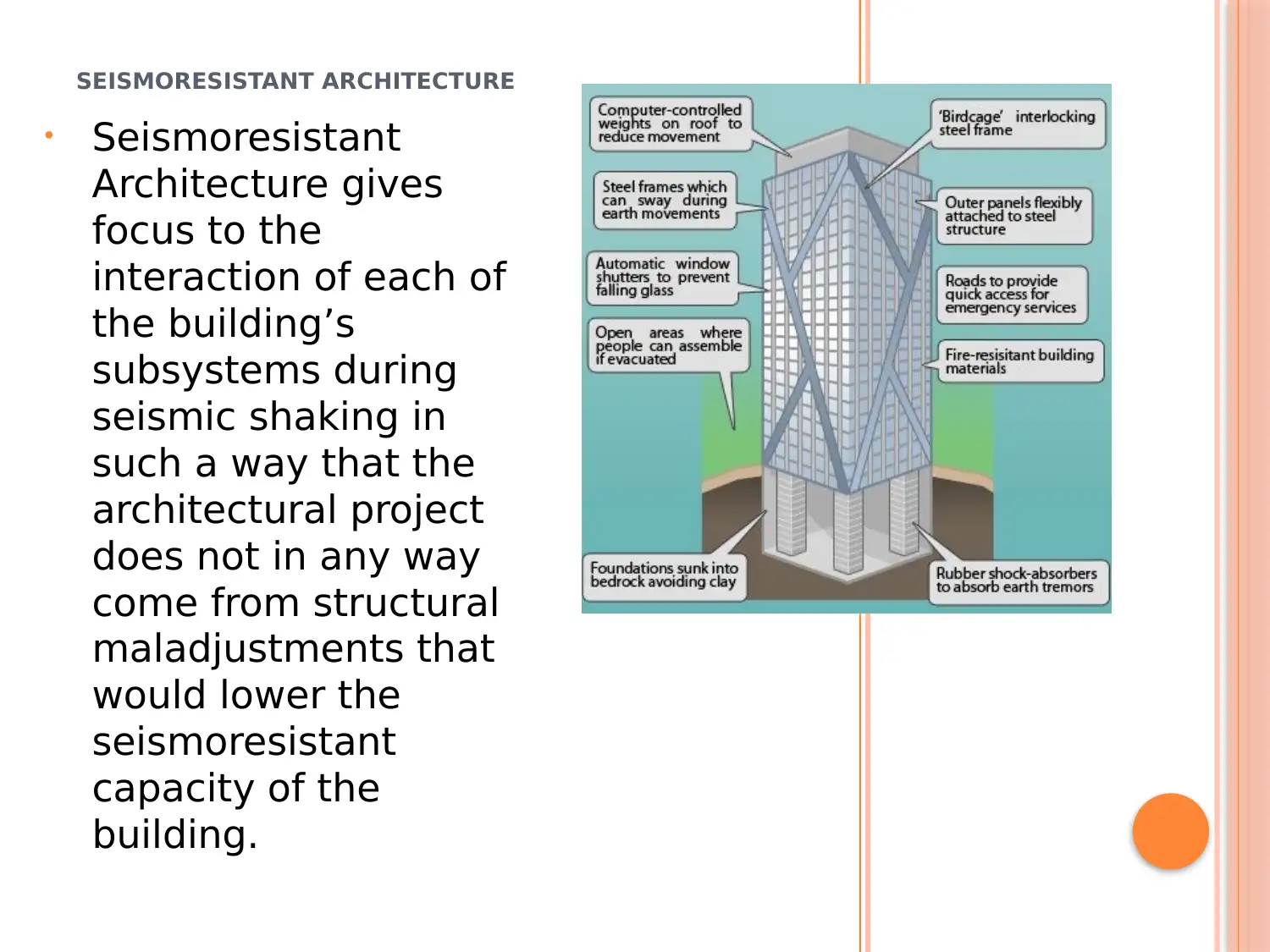
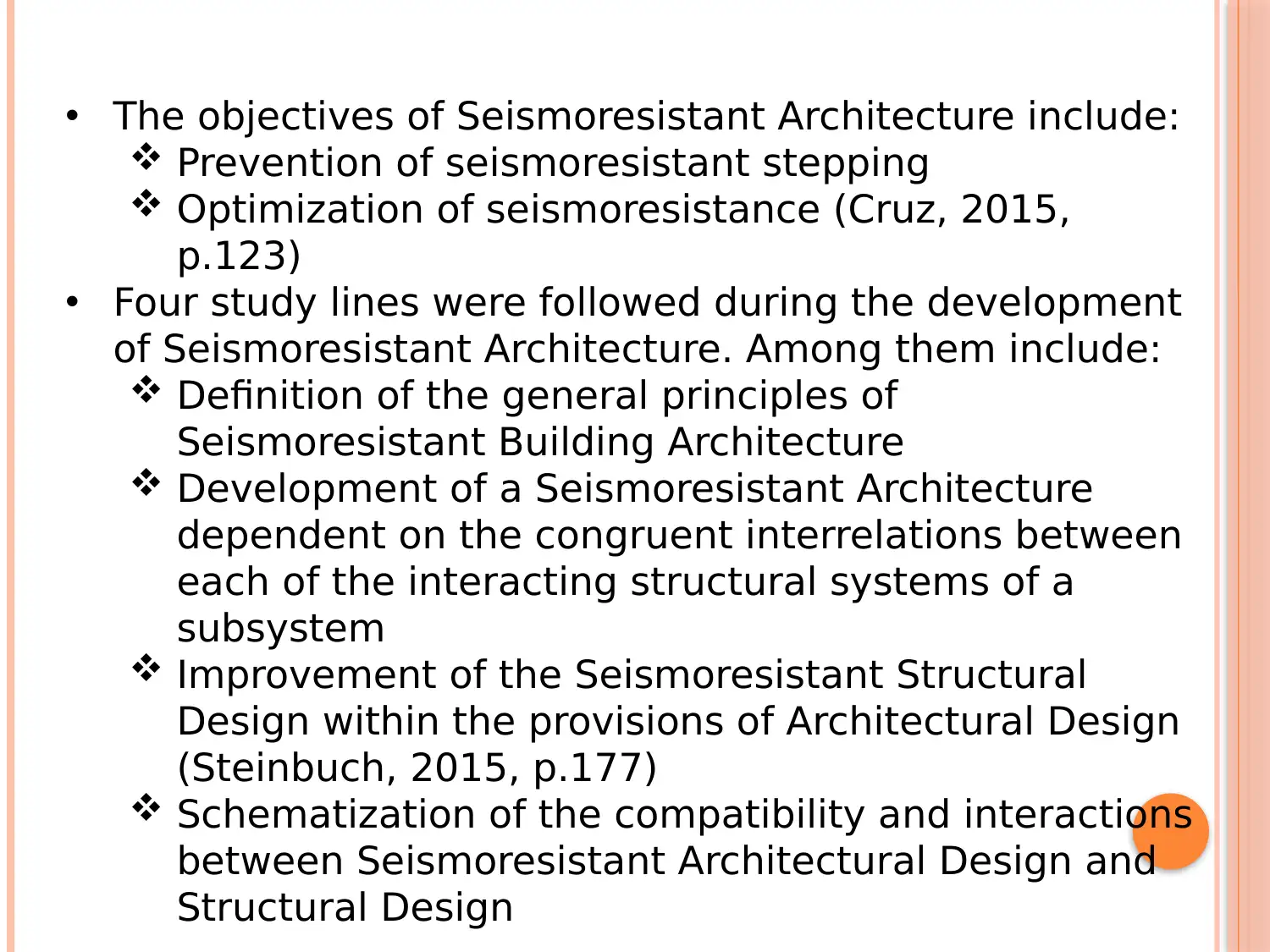
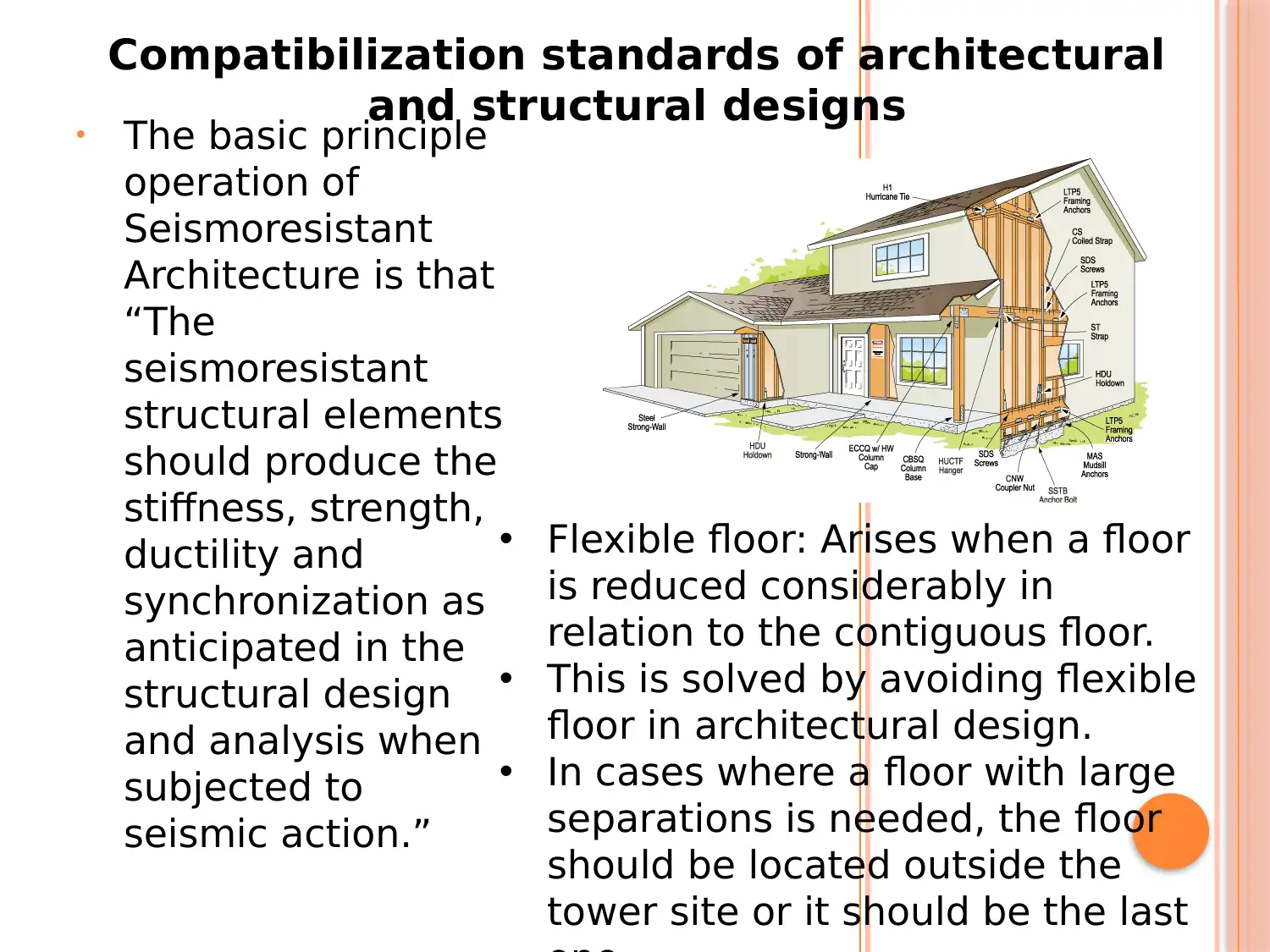

![[object Object]](/_next/static/media/star-bottom.7253800d.svg)